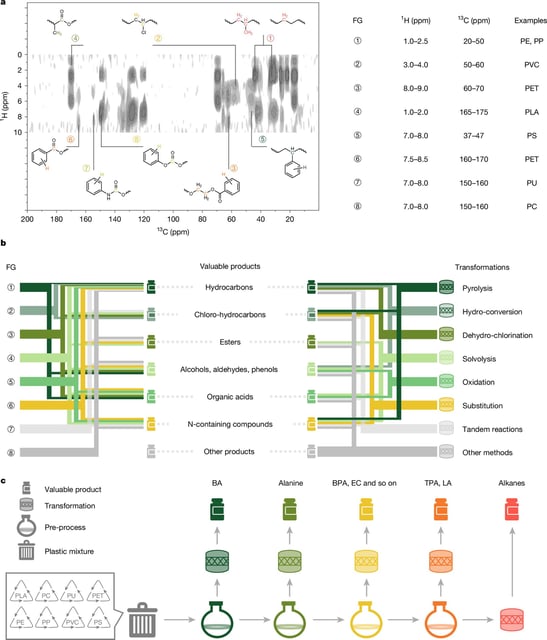Overview
- The team used 1H-13C Frequency Switched Lee-Goldburg heteronuclear correlation solid-state NMR to generate high-resolution fingerprints of individual plastics within mixed waste streams.
- Inline monitoring guided orthogonal catalytic reactions that selectively converted diverse polymers into monomers, aromatic compounds and hydrocarbon fuels with remarkable efficiency.
- Application to a 20-gram real-world sample showed precise recovery of hazardous substances, including plasticizers and bisphenol A, enhancing environmental safety.
- The process could be scaled within existing recycling facilities by minimizing manual sorting and enabling continuous flow operations.
- Researchers plan to broaden polymer targets and advance catalyst design while integrating machine learning for real-time quality control in industrial upcycling.
